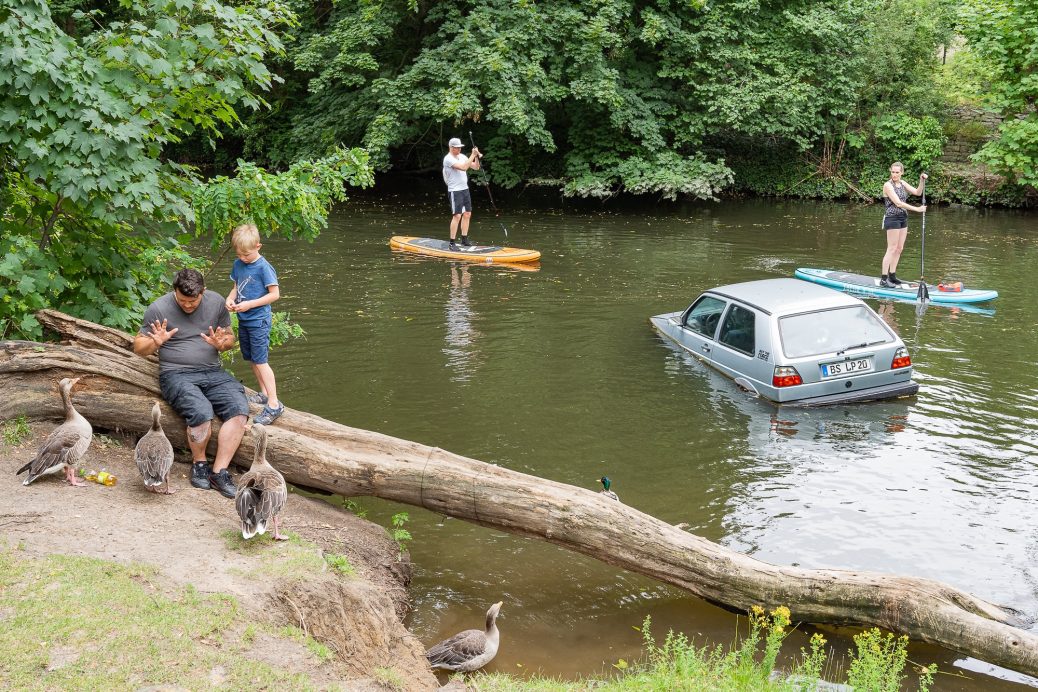Thomas Hackenberg: Best Single Photo Finalist of 2022 exibart street contest
Dear Thomas,
first of all, congratulations! You are one of the 10 finalists of the third exibart street contest. Can you tell us something about yourself and about the finalist picture?
I was born in 1963 and live in the German city of Braunschweig. I got my first serious camera as a present for my 18th birthday and bought myself a photo compendium entitled “THE JOY OF PHOTOGRAPHY,” which was published by Kodak, if my memory serves me correctly. I poured over the pages, and there it was – I can still feel my amazement when I first discovered this photograph; it’s as if it were yesterday: the magical B/W masterpiece by Henri Cartier-Bresson, a photograph that many of you are sure to be familiar with. The black-and-white picture of a small boy carrying home two huge bottles of wine with an indescribable expression of pride and joy on his face, entitled Rue Mouffetard, Paris, 1954. When I saw this picture, I was thunderstruck: How on earth could a photographer be there, see and catch such an intimate, candid moment? What he called The Decisive Moment. With the equipment available at that time! This was THE picture for me, my personal game changer, that was what I wanted to do, too! Take pictures of people in the street! If I had only known how hard this journey was going to be to make one single good picture, I might have stuck with a different genre, but there was no way out: This was going to be what I wanted to do!
So, there was this little B/W wine bottle boy. And then there was Thomas Hoepker, my secret teacher of how to see the world. As a teenager, I had a subscription to the German GEO magazine, which featured, among other things, the pictures taken by the fabulous German photojournalist Thomas Hoepker at regular intervals. These pictures also had a major impact on me. Although they were published in a documentary and journalistic context, they showed life on the streets of the world – street photography in the truest sense of the word – whether in East Germany, the German Democratic Republic at that time, New York, or Beijing. I saw one of his exhibitions in Munich in the mid-1980s entitled Ansichten (a pun in German, meaning “views” and “opinions”), and these were pictures that burned themselves into my brain. I have never forgotten them since; they have provided me with a kind of internally memorized guardrail and a compass to give direction to my own photographic passion.
My finalist picture is entitled “Goose whisperer, stand-up paddlers and car in the river”.
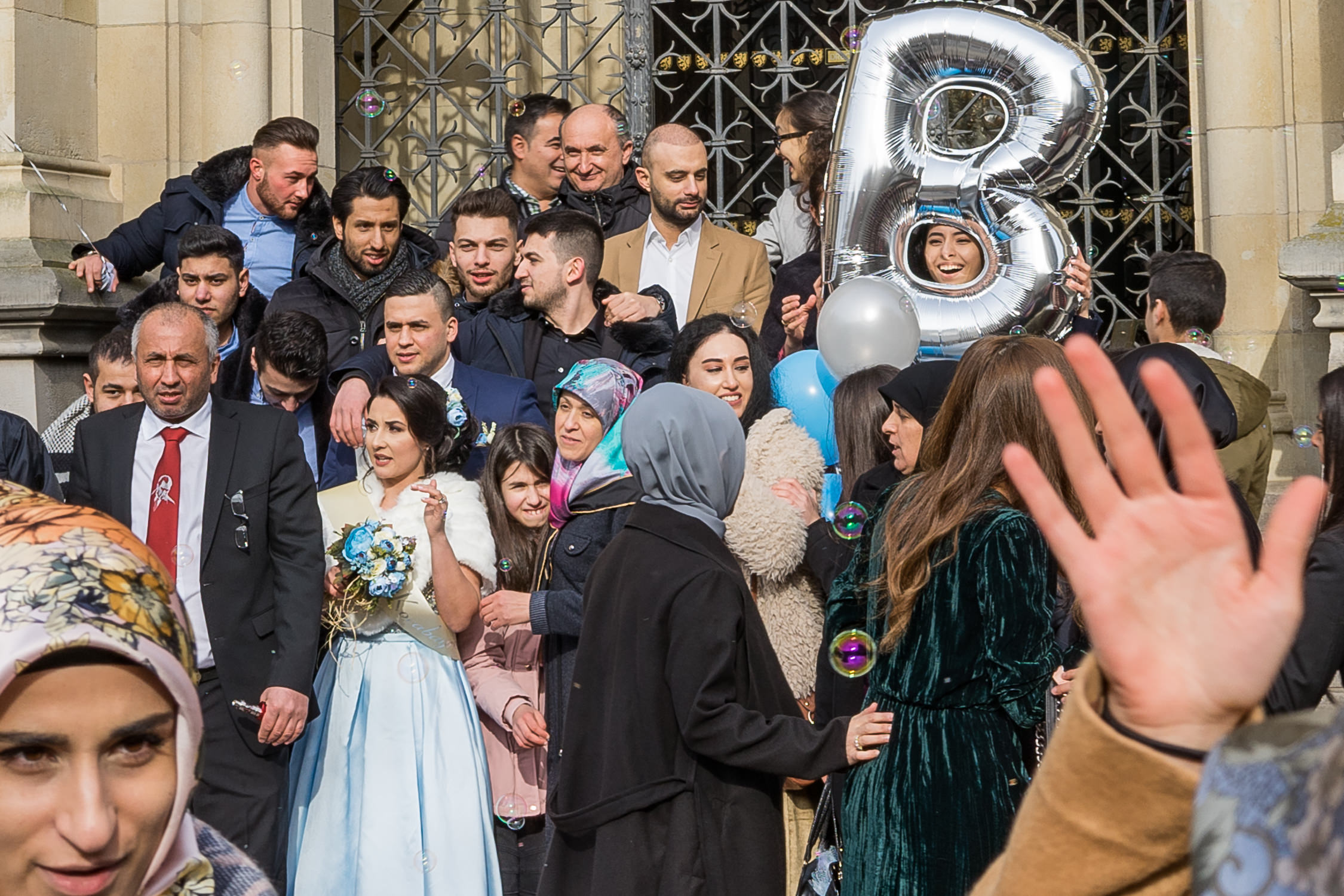
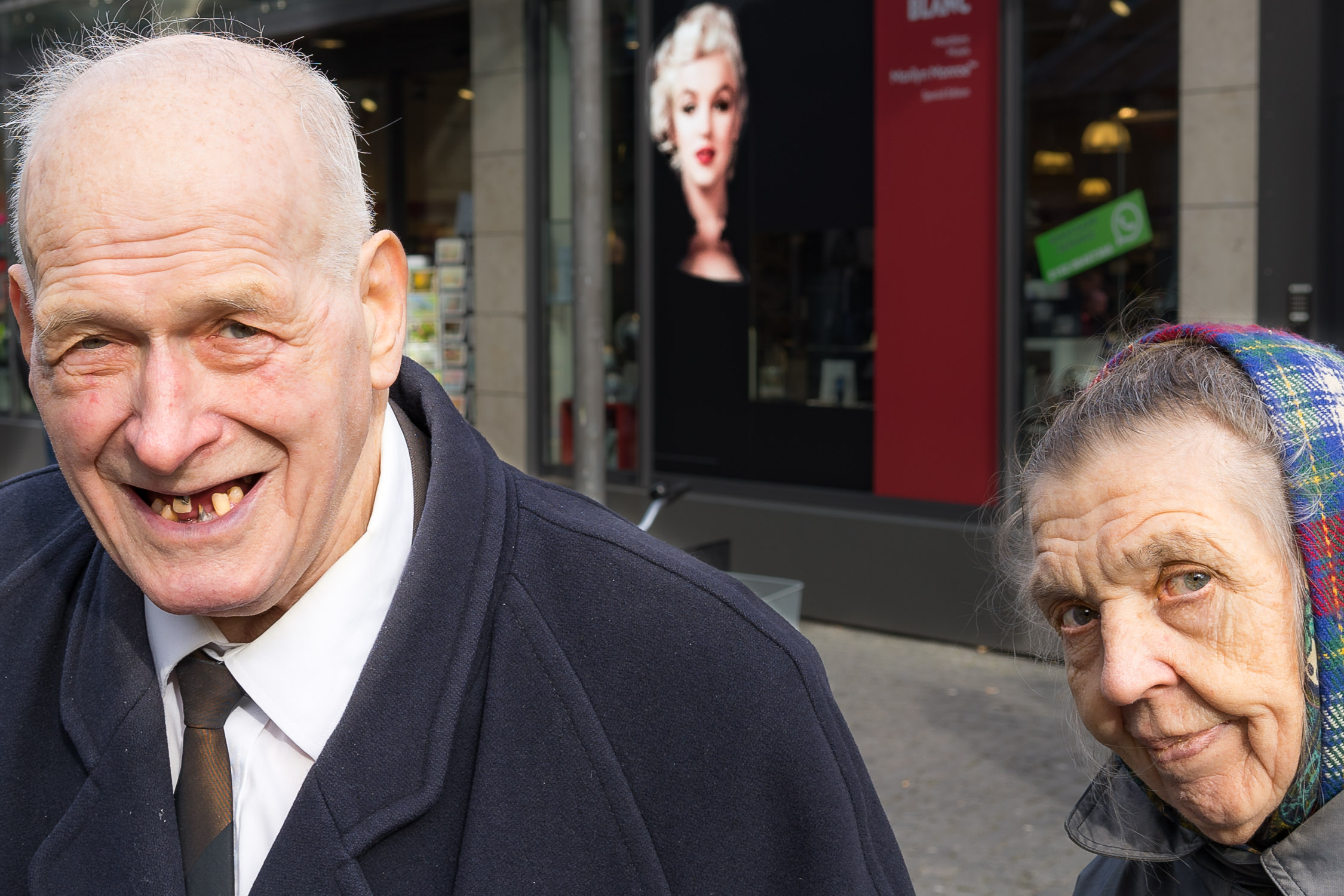
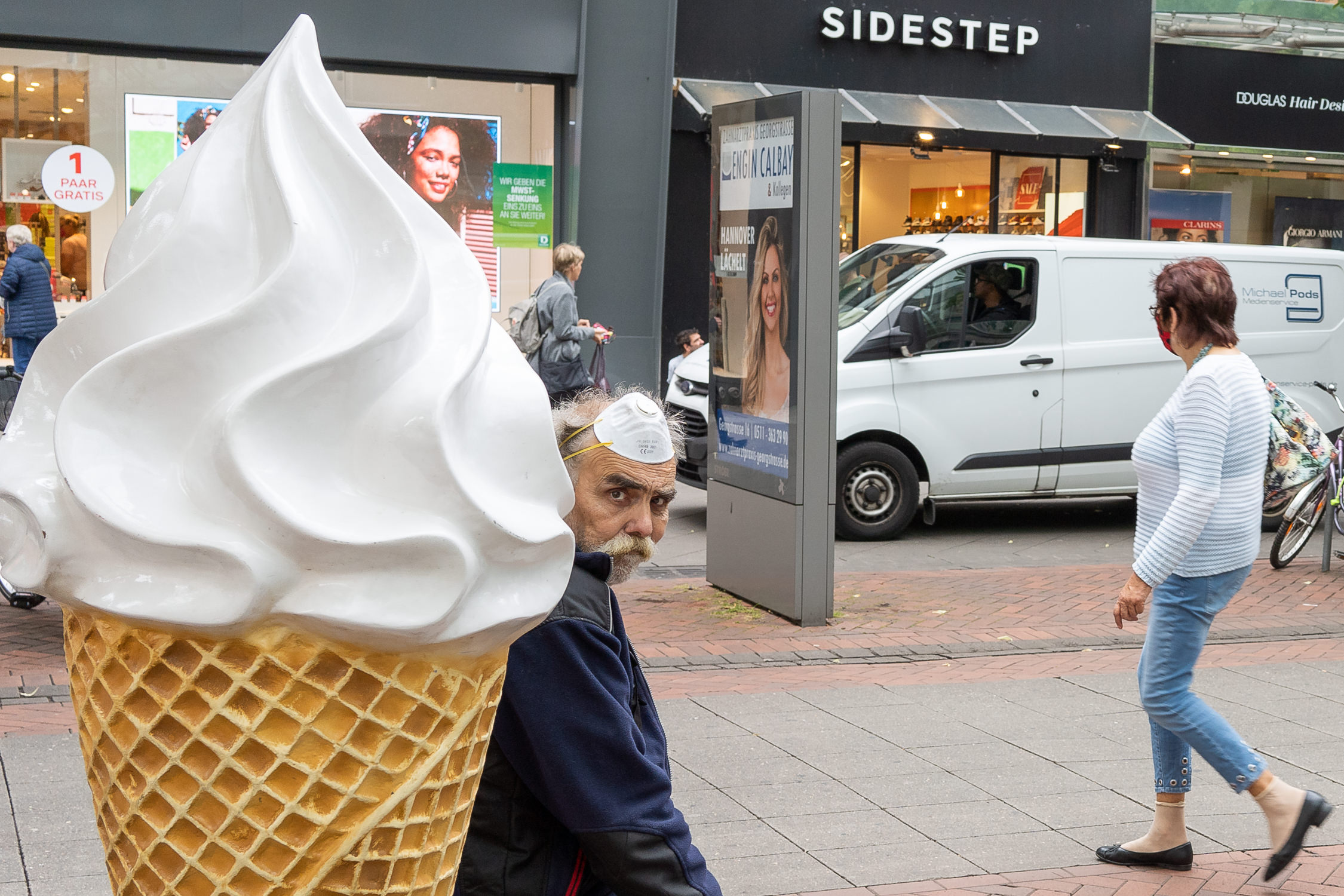
How would you define your photographic style?
I am a street photographer who loves scouting the streets. For me, a good street photo must be made candidly, captivate me at first glance and make me want to take that second look – like wanting to read a poem twice. It must raise more questions than provide answers. I like photos that tell a story in a single image, and I particularly adore humorous and quirky pictures and visual puns in everyday life. When I am out on the streets, I like chasing for the offbeat, on a quest to find some extravaganza in the ordinary, some fun element, some beautifully layered scene, some fleeting moment.
I also like ordinary, though beautifully layered pictures which tell a story from the left- to the right-hand corner of the image. Any interesting scene that hits my eye, observed moments from the great theatre of street life that might only exist for a split second and then they’re gone forever. Triggered by a colour, a human gesture, a noise, an interplay of foreground and background. I love these special moments, so rare and so elusive, when all things fall into place and a good picture emerges – sometimes foreseeable, sometimes sheer serendipity (which comes to those who work hard and shoot a lot…).
It’s the pleasure and anticipation of making a good street picture that drives me. The flow when I am completely in the moment and fully open and susceptible to life on the street. Standing on a corner, letting life flow towards me, observing and pressing the shutter at the right moment. After all, it’s all about curiosity. It’s all about finding out what life has in store for me on any given day – I’m eager to see what’s around the next corner.”
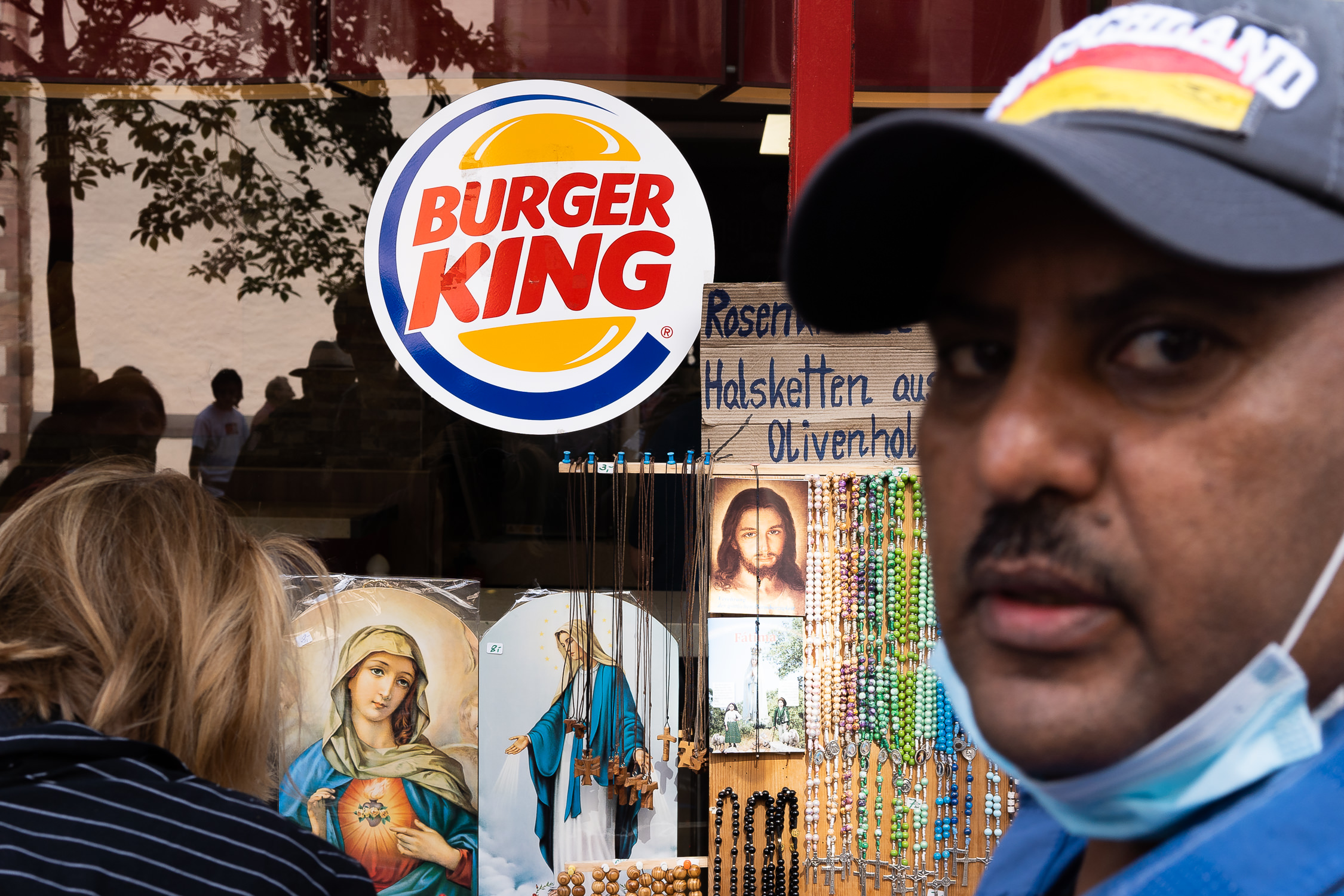
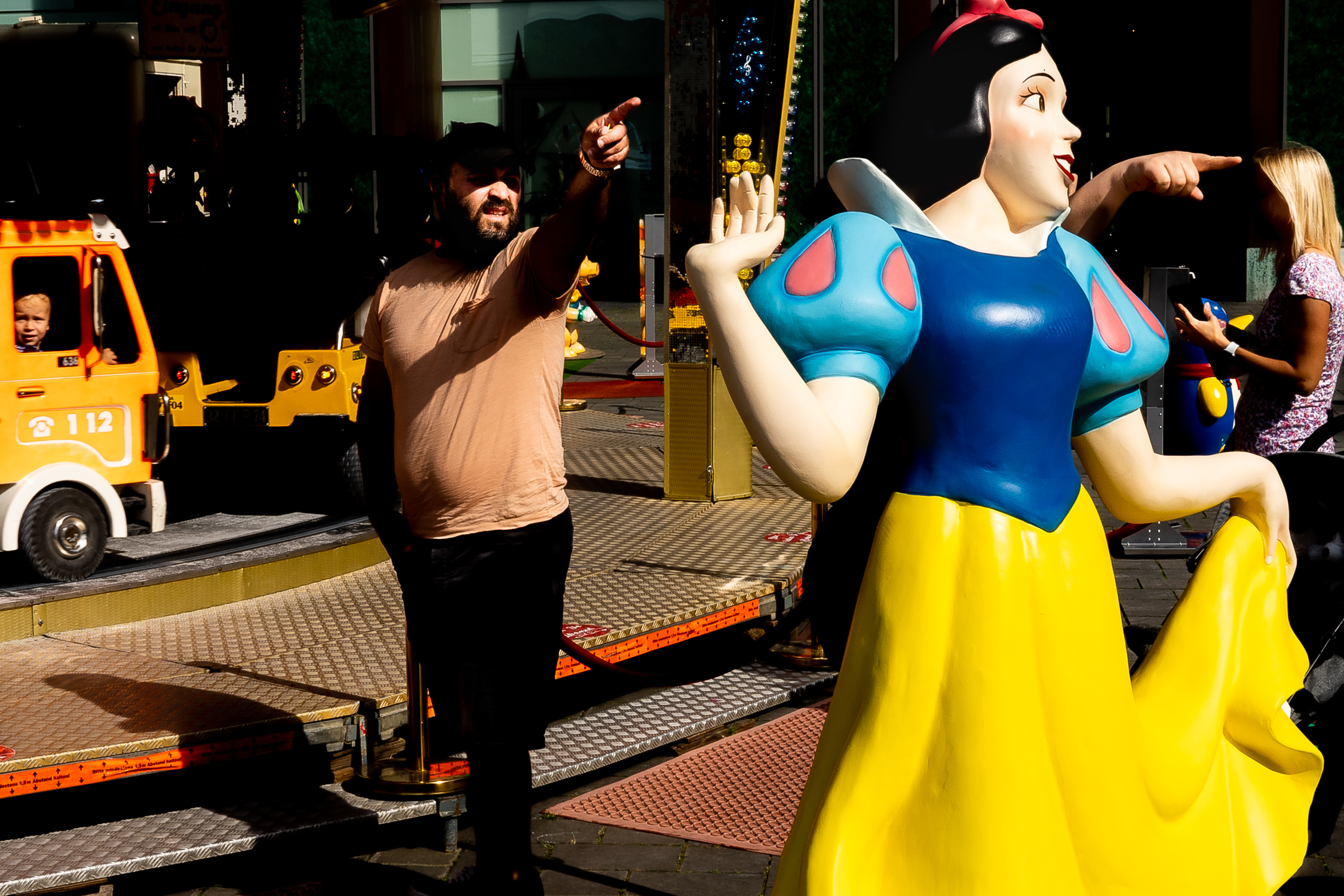
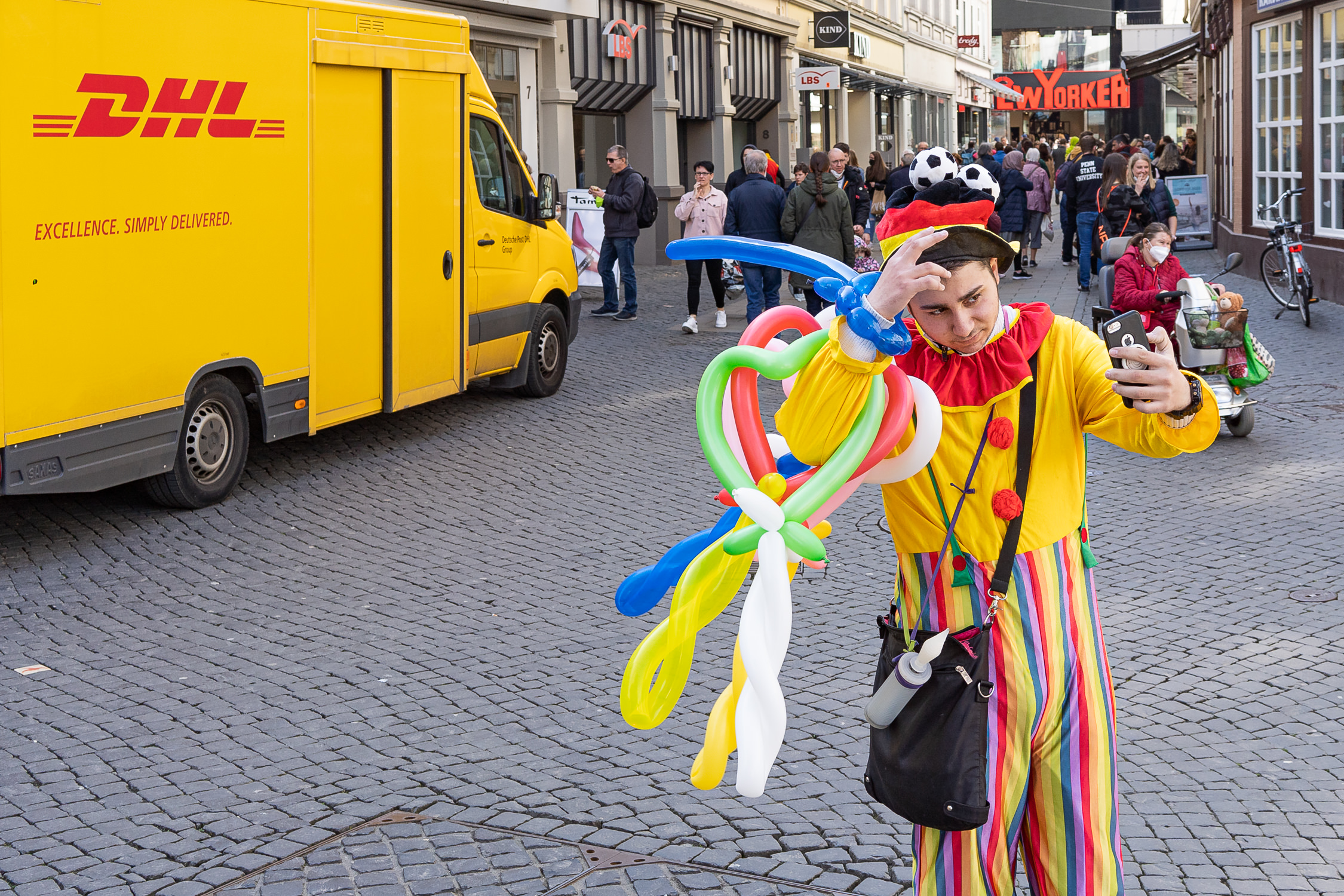
Have you ever studied at a photography school or are you a self-taught artist?
No, I am a self-taught photographer. I started with all the basic stuff, all those analogue films, all from Ilford, all B/W, colour was far too expensive and complicated for me back in the early days. I learned how to develop the negatives and make my own prints in my parents’ basement. I experienced digital as a blessing, it made everything so much easier, at least for me.
Who are the Masters of Photography who inspired you most in your photographic works?
Apart from Henri Cartier-Bresson and Thomas Hoepker I already mentioned above, there are far too many to list them all. I’d like to answer this with a few of my favourite photobooks which I am happy to have in my bookshelf:
- Personal Exposures – Elliott Erwitt
- Wild Flowers – Joel Meyerowitz
- Perfect Strangers – Melissa O’Shaughnessy
- Winogrand 1964 – Garry Winogrand
- All That Life Can Afford – Matt Stuart
- Stags, Hens & Bunnies – Dougie Wallace
- Cardiff After Dark – Maciej Dakowicz
Do you ever do Street Photography with your smartphone?
No. Or at least on very rare occasions.
“Use Instagram to build personal, honest relationships with nice people all over the world (yes it works!)”
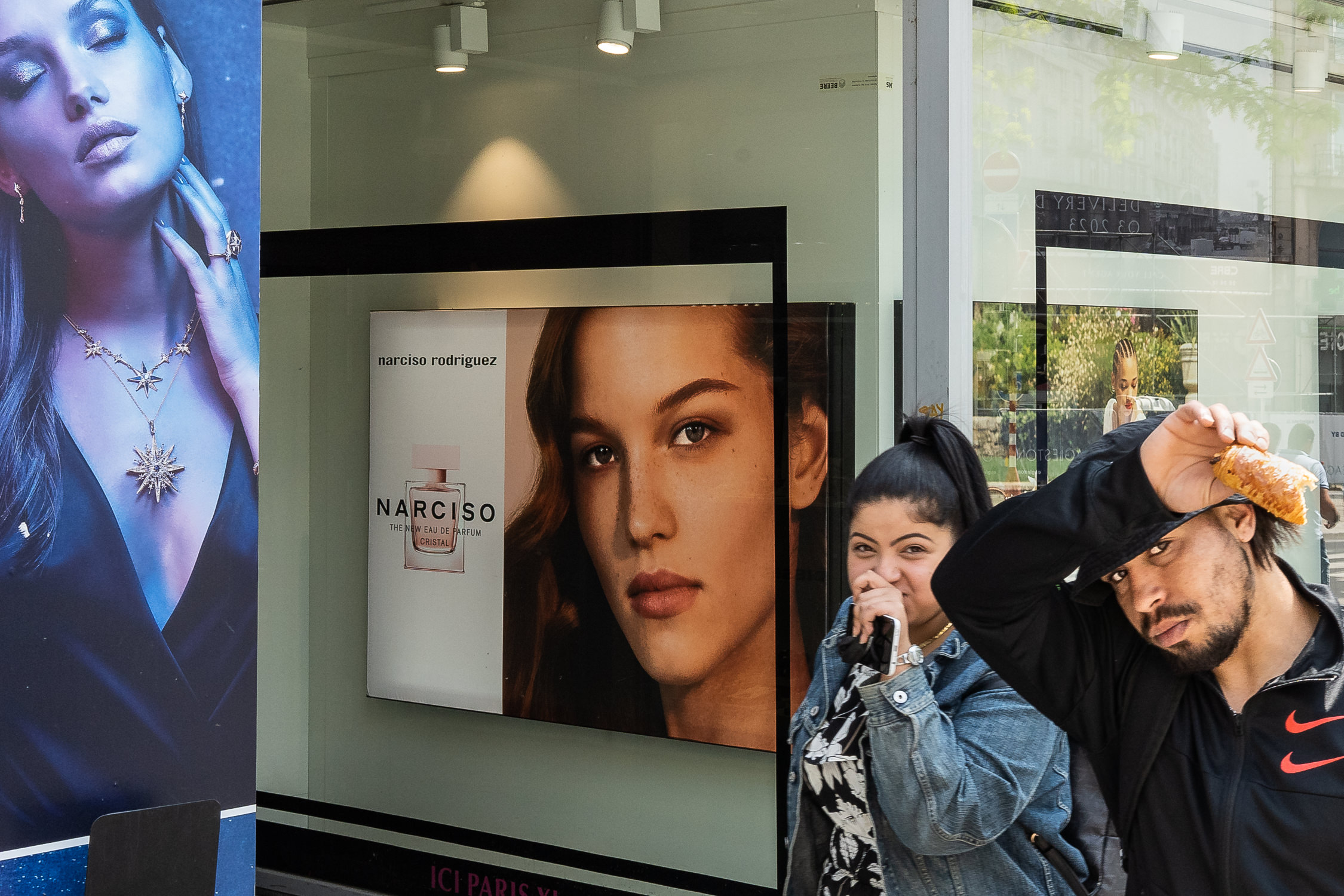
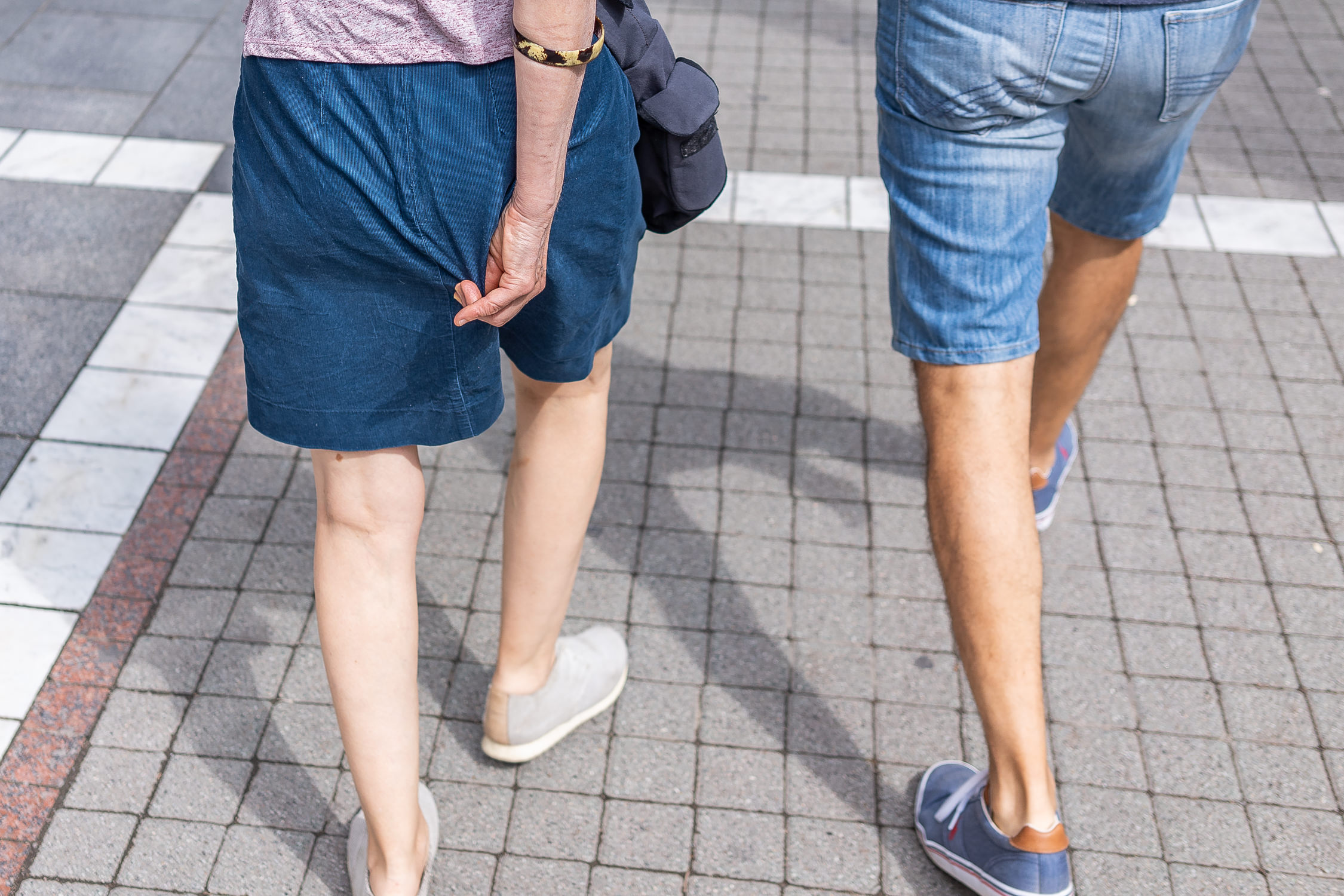
Analog and digital photography. Do you see these as alternatives to one another or the same thing?
I am old enough to know the analogue world from own experience. I experienced digital as a blessing, it made everything so much easier, at least for me.
Black and white and color. Two different worlds. You decided to go color. Why? Do you ever shoot in Black and white?
Why should I shoot B/W when the world is so vibrant and full of beautiful colours? To me, colour has an unmistakable power.
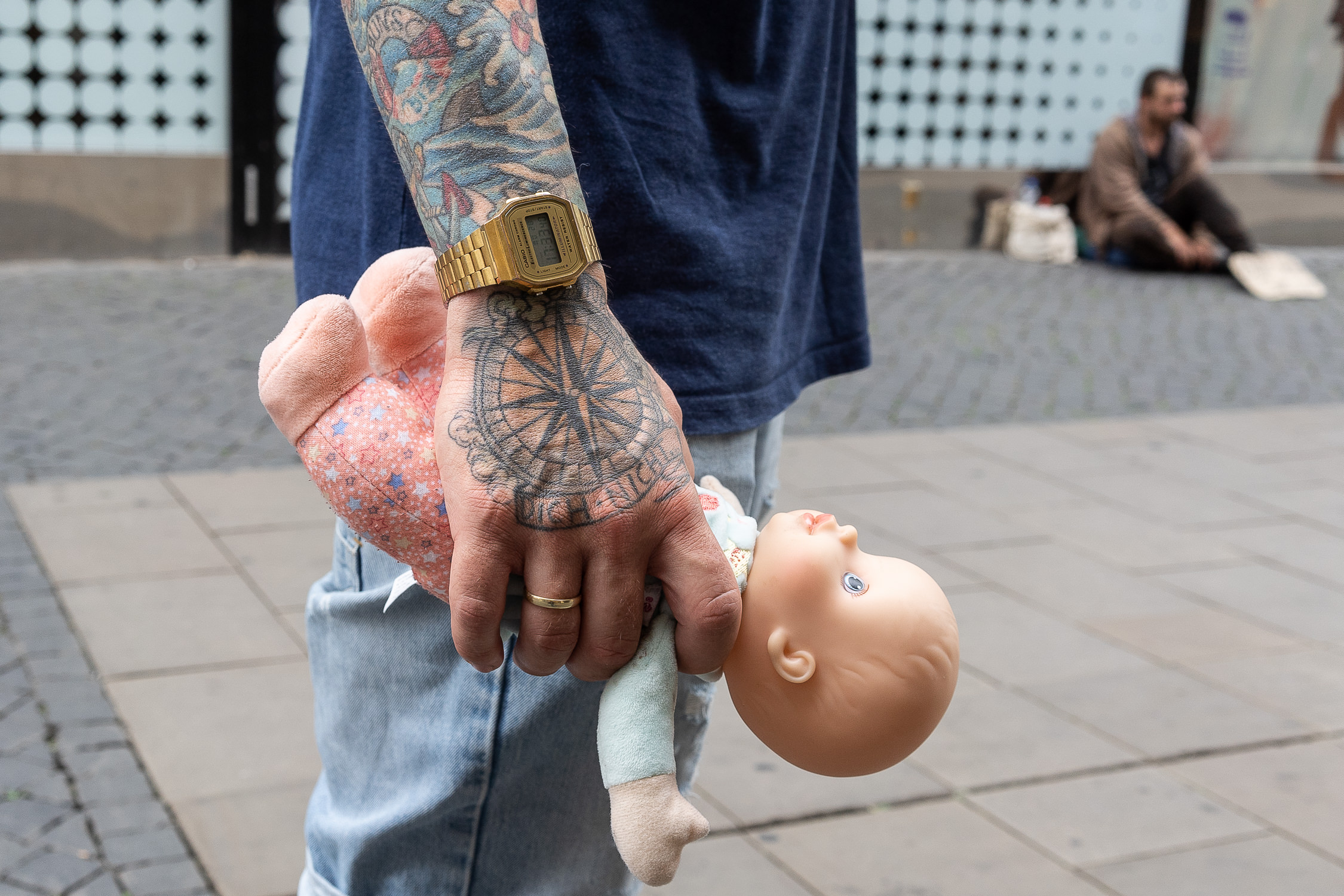
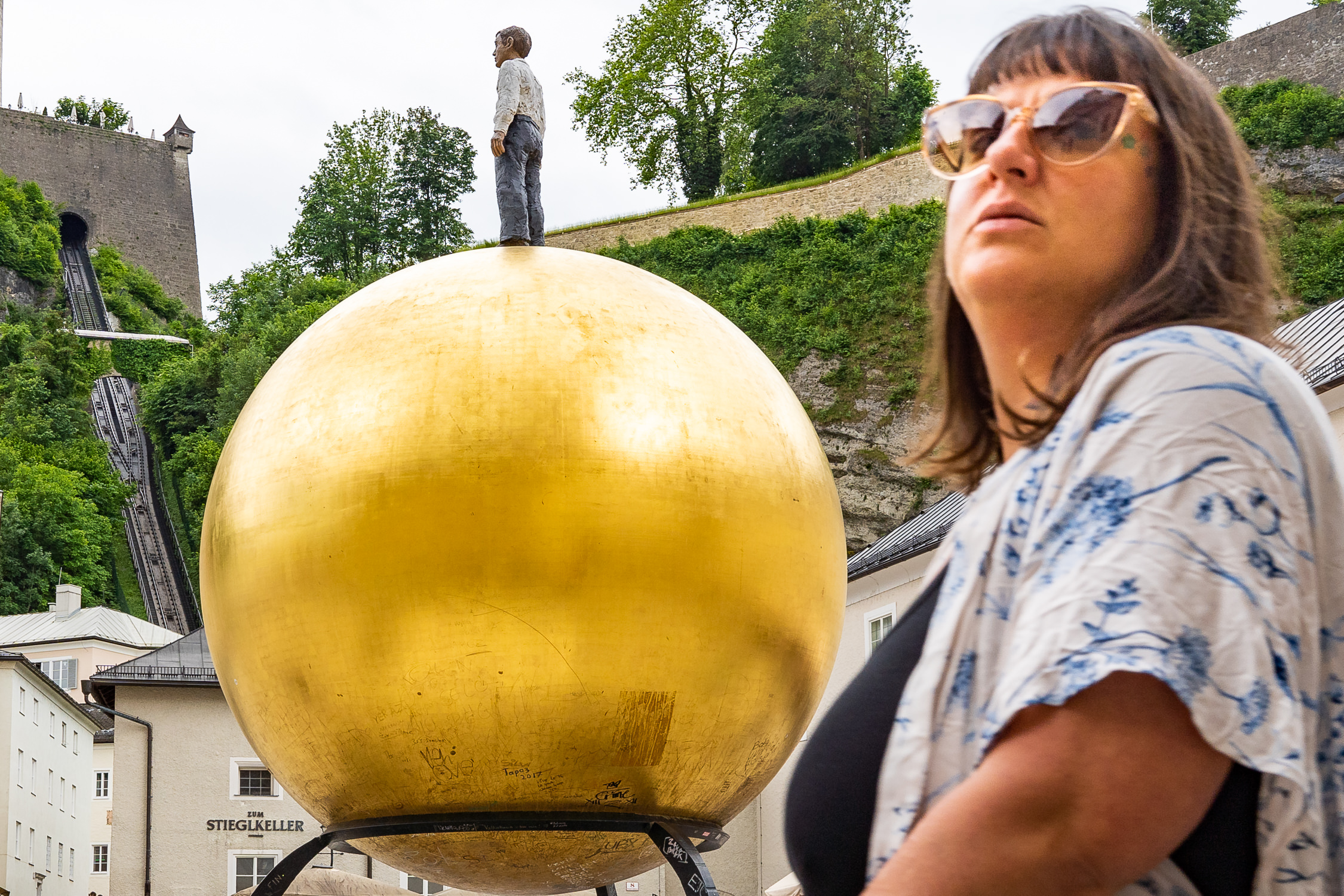
Do you think Street Photography has a more documentary or more artistic value?
I am a player on the documentary team. Street photography is also about documenting the human condition and the world we all live in. I don’t consider myself as an artist but rather as a creator of hopefully interesting pictures which are fun to look at.
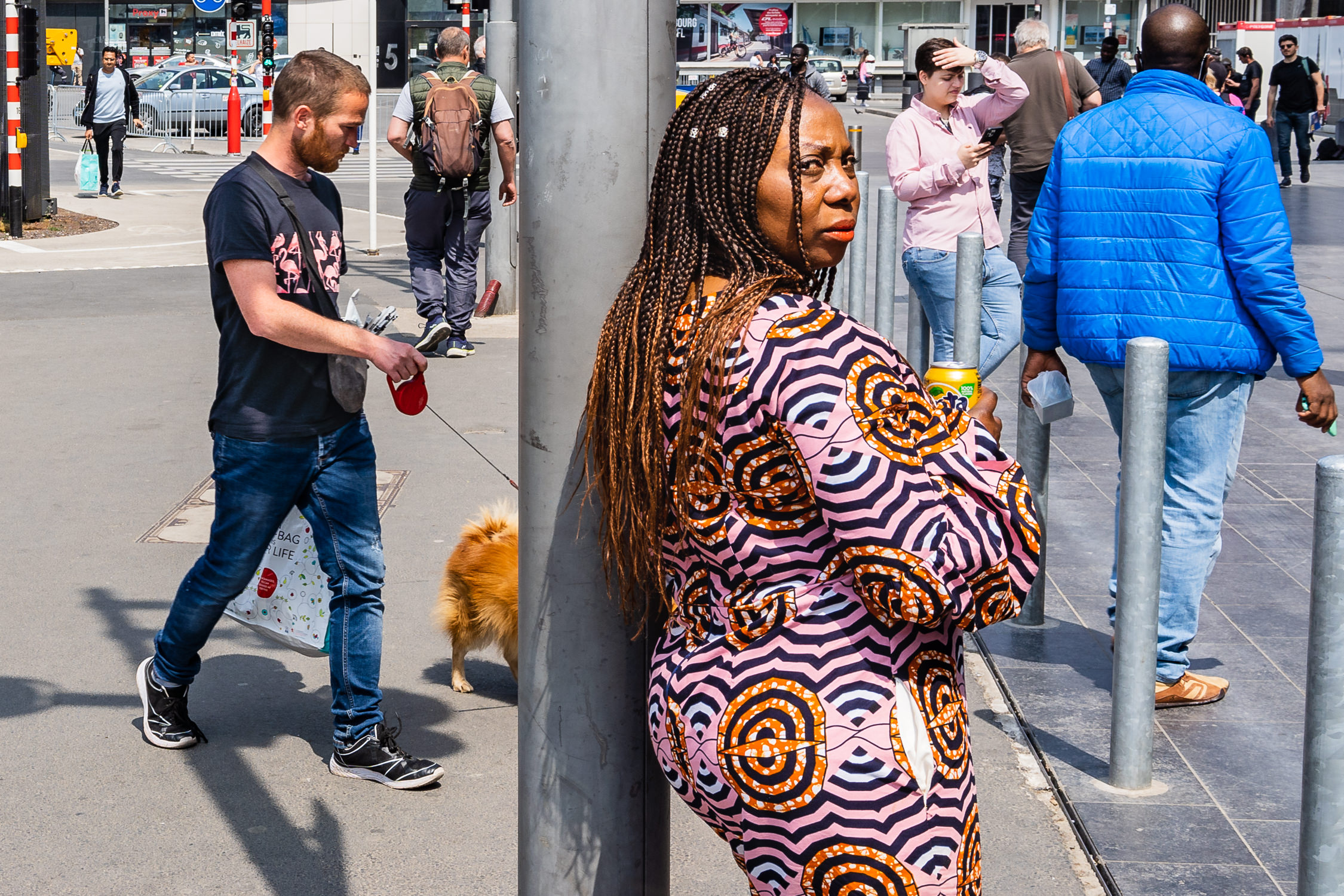
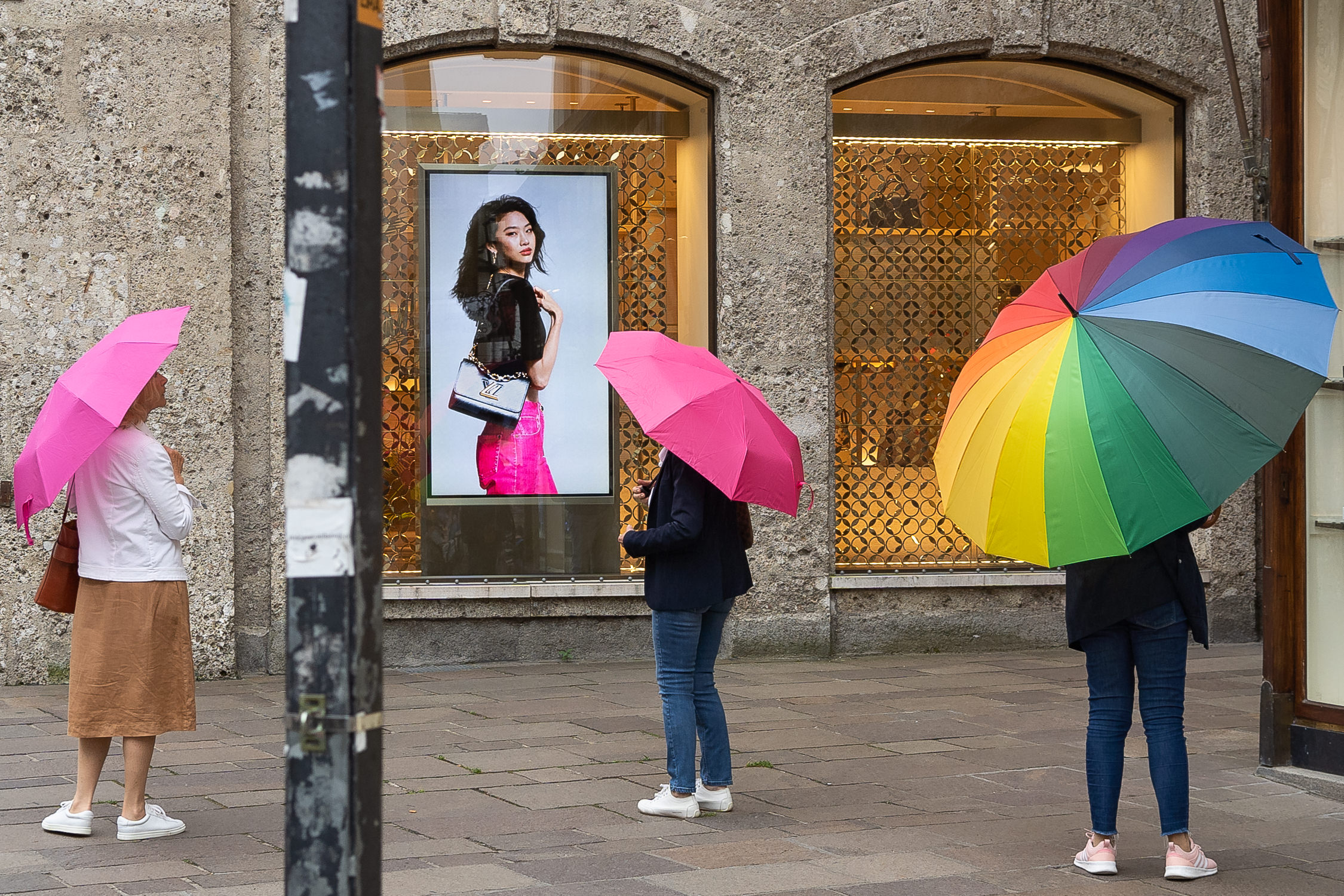
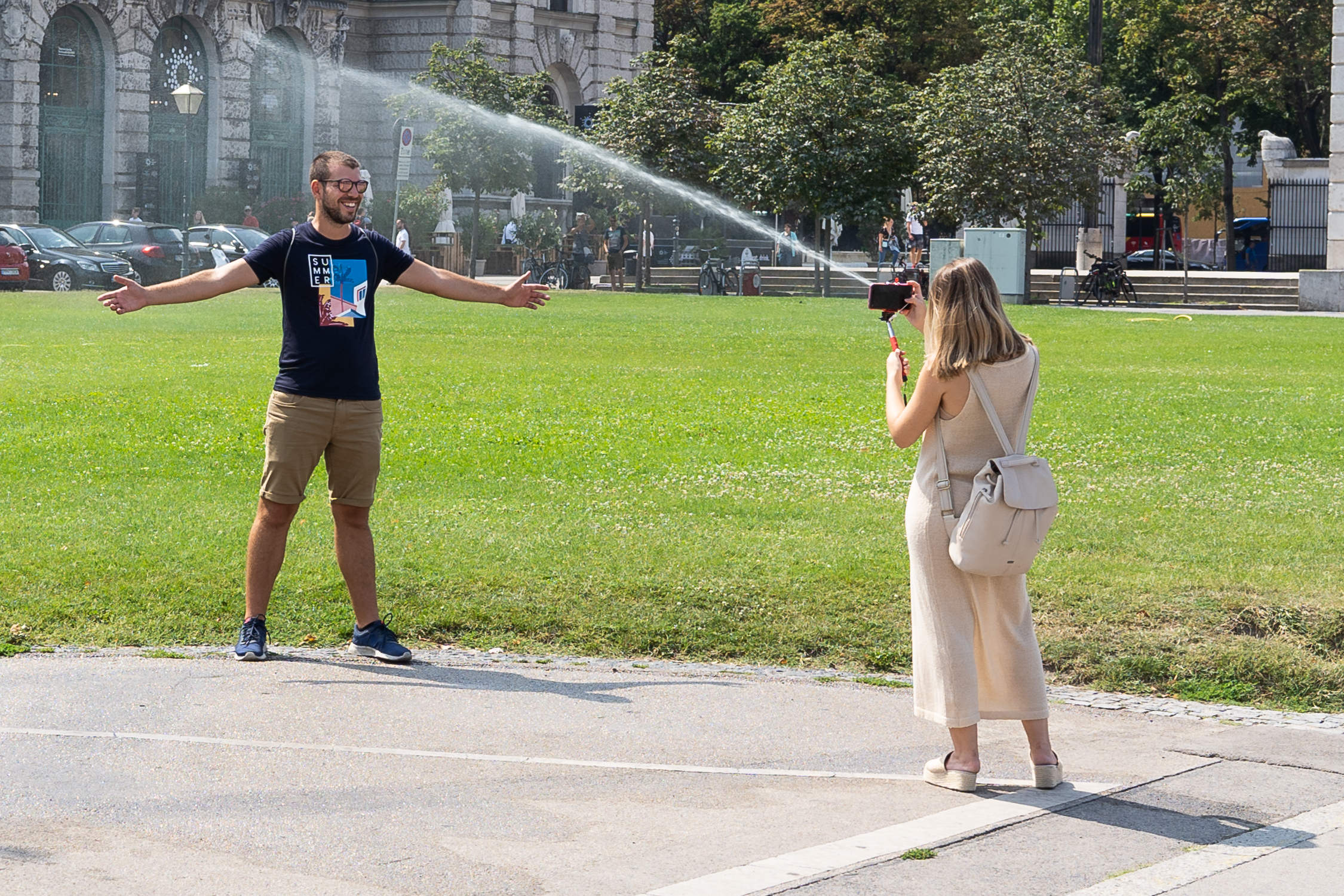
When you take photos, do you ever have a theme/project in mind?
I’d like to answer this with a quote of Joel Meyerowitz who I adore so much: “I also feel that every time I press the shutter release I am in effect saying YES to life!”. My theme is life and the human condition – preferably with some humour and quirkiness.
Do you think there are ethical limits in street photography? Do you think it’s possible to shoot everything and everybody? What is your approach in street photography?
When you look into lots of the great masters’ work, it’s full of beggars, dead bodies, war veterans who lost their legs, blood on the street, and even naked children in some of Martin Parr’s great oeuvre. It’s all there! It’s part of our life. Nevertheless, I have an intrinsic shutter-blocker when it comes to picking the low-hanging fruit. I don’t shoot people which are not in control of their senses, no beggars, let alone barely dressed children. Modern society has become much more concerned of these things. In general, I try to take pictures that are “OK” and don’t show my co-fellows in a state that I myself would not like to be shown in either.
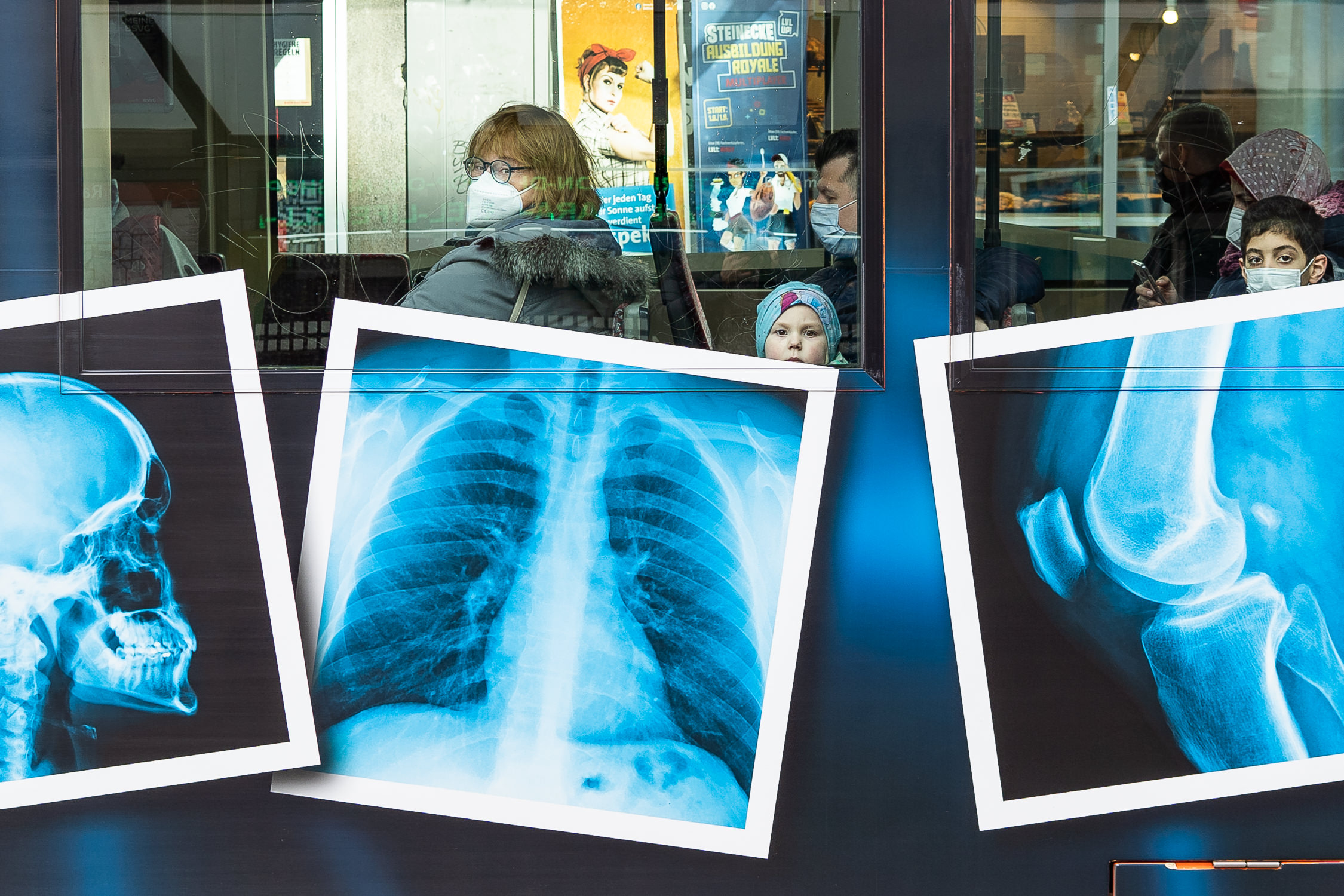
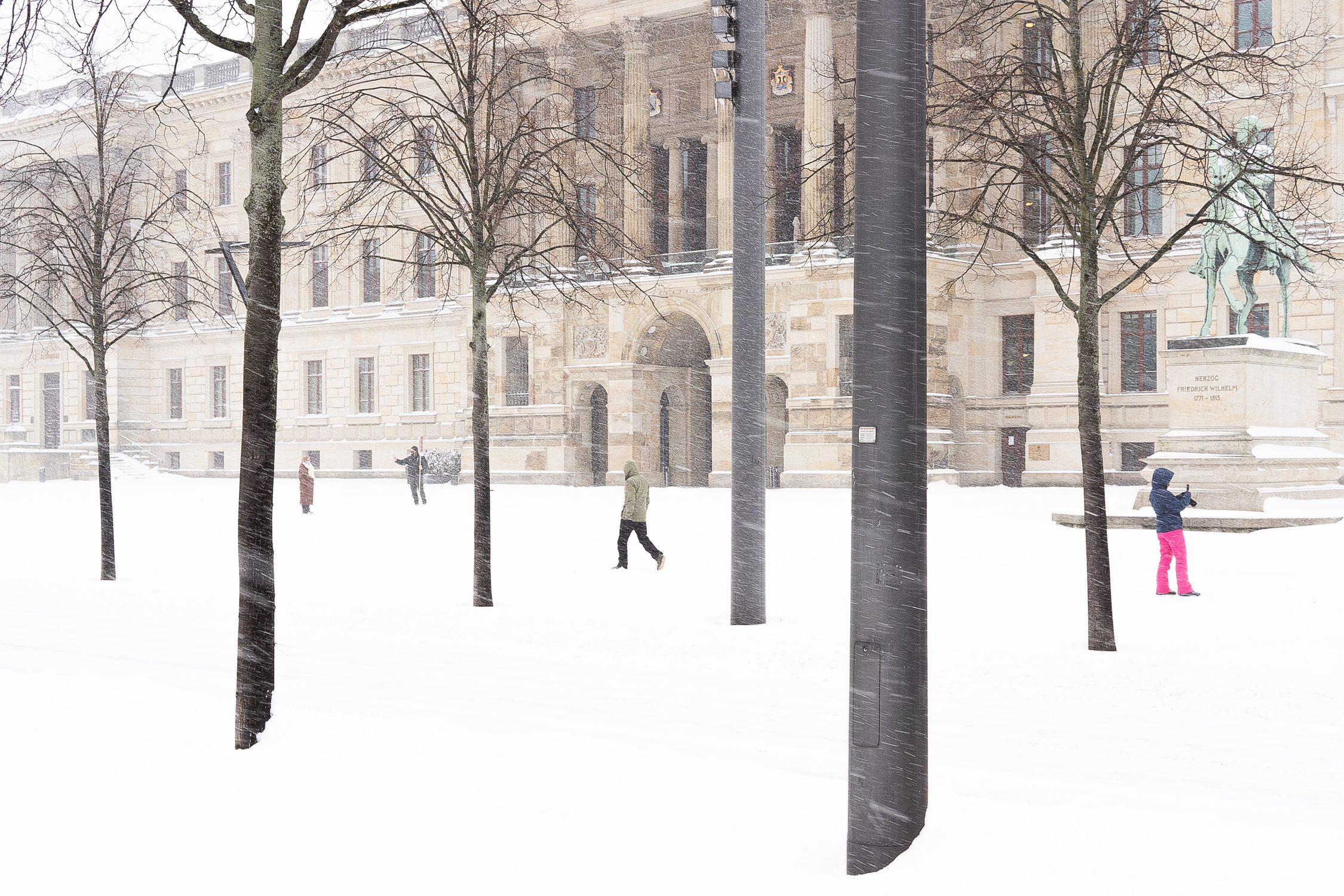
What kind of equipment do you use and what role, in your opinion, does equipment have in street photography?
I am not a big fan of tech talk, in fact not at all. All you really need is an open heart in order to be susceptible to the lush stories life unfolds in front of you and a good eye to see them and respond. If you would force me to talk of equipment, it has to be unobtrusive and small for me. I am using a full-format sensor camera which enables some cropping and offers a silent shutter, which is a plus in street photography. I am working with a 35mm prime only. So my equipment is pretty much reduced.
If you had to choose one lens that you would have to be using for the rest of your life, which one would that be and why?
See above, my 35mm prime. For me, this is the classical focal length used in street photography. It has a wide angle, so you have to get close to your subject. Plus it allows to tell a layered story from one end of the picture to the other; something that I like and which is so hard to achieve. If I wanted to use another lens, it would be a 28mm.
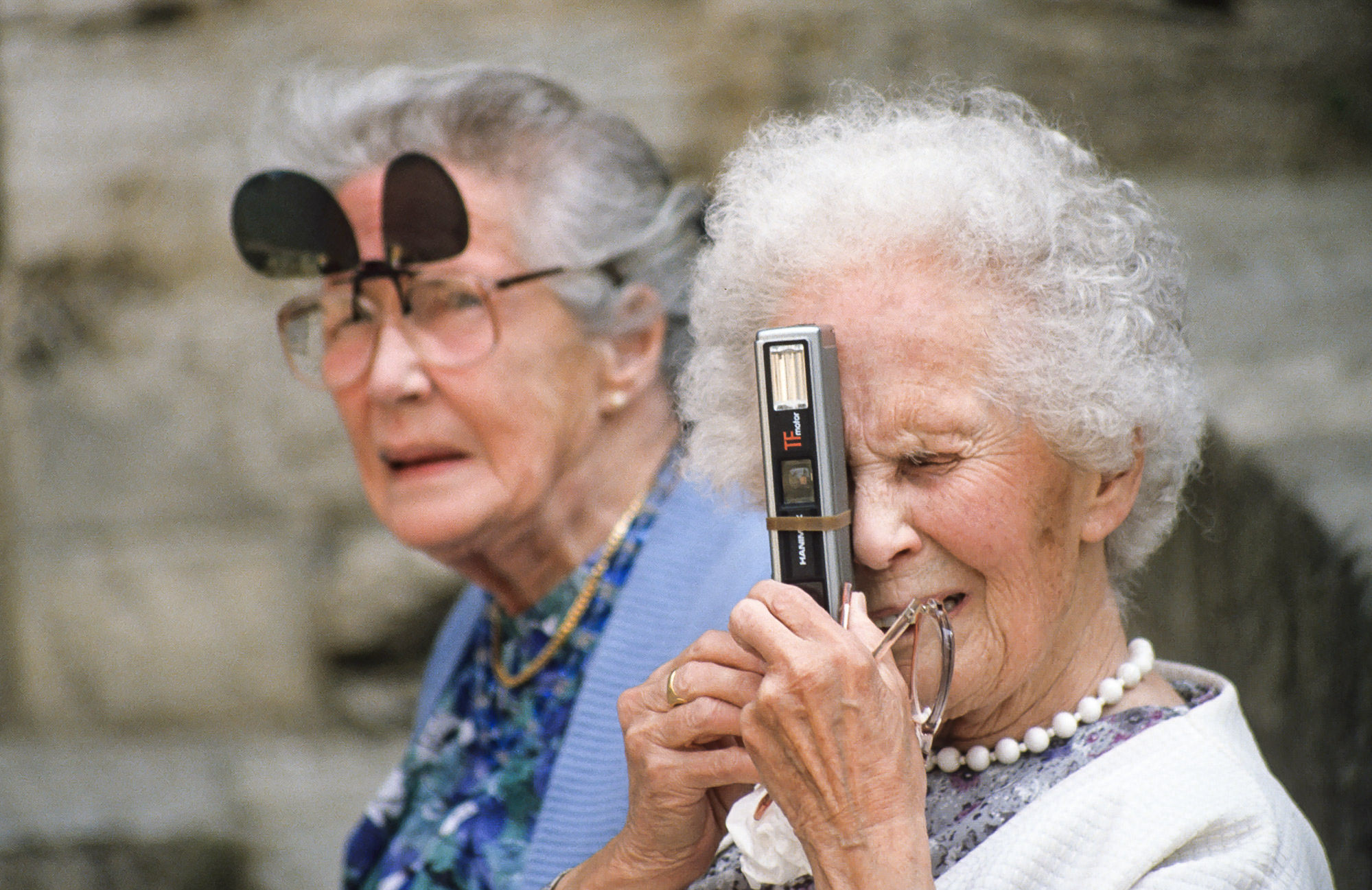
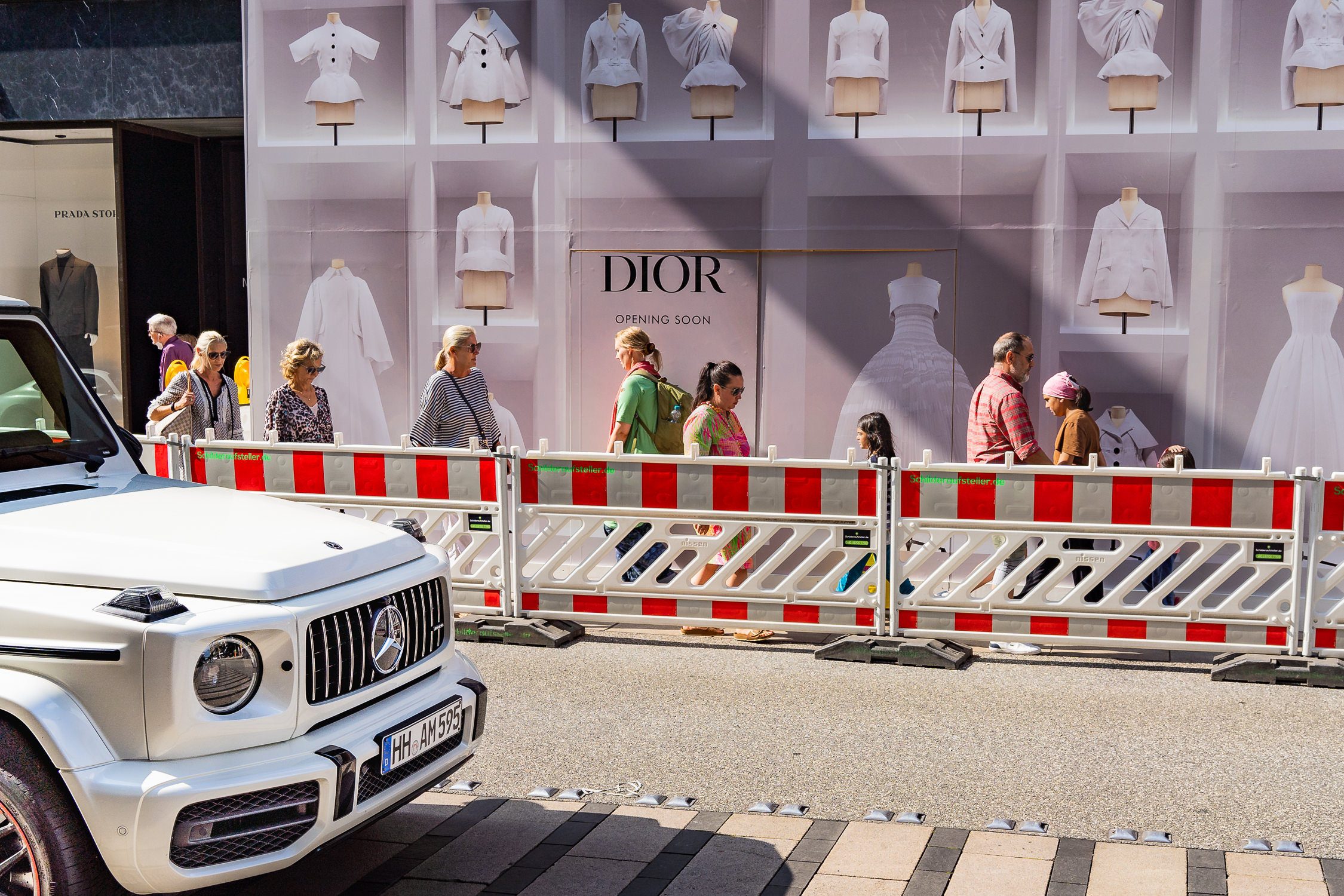
“I started with all the basic stuff, all those analogue films, all from Ilford, all B/W, colour was far too expensive and complicated for me back in the early days. I learned how to develop the negatives and make my own prints in my parents’ basement. I experienced digital as a blessing, it made everything so much easier, at least for me.”
After shooting, what actions do you take in terms of processing and editing?
Upload pictures. Allow a lot of time to pass to select my keepers. Use a dedicated workflow for renaming and numbering the files. Load in Lightroom, do some minor cropping and all the basic adjustments I also made back in the days in my own darkroom: exposure / contrast / lights / shadows / brightness / sharpness / maybe add some clarity. That’s it basically. Export processed files and store them in three different, physically dispersed locations.
Are you currently working on any project?
Yes, it’s called “A Blue and Yellow Love Affair” (on my website at https://hackenberg.info/a-blue-yellow-love-affair) about German football club “Eintracht Braunschweig” which will be published in a zine together with other German photographers shortly. I have also printed out all of my best shots and have laid them in pairs on the carpet in one of our rooms, changing the sequencing many times and still not having found the last and best order. But it’s getting better all the time and I’m getting happier and happier with it. This is to become my first photobook and I am currently looking for a book designer and publisher. So if there’s anyone out there reading this and being interested, please drop me a line.
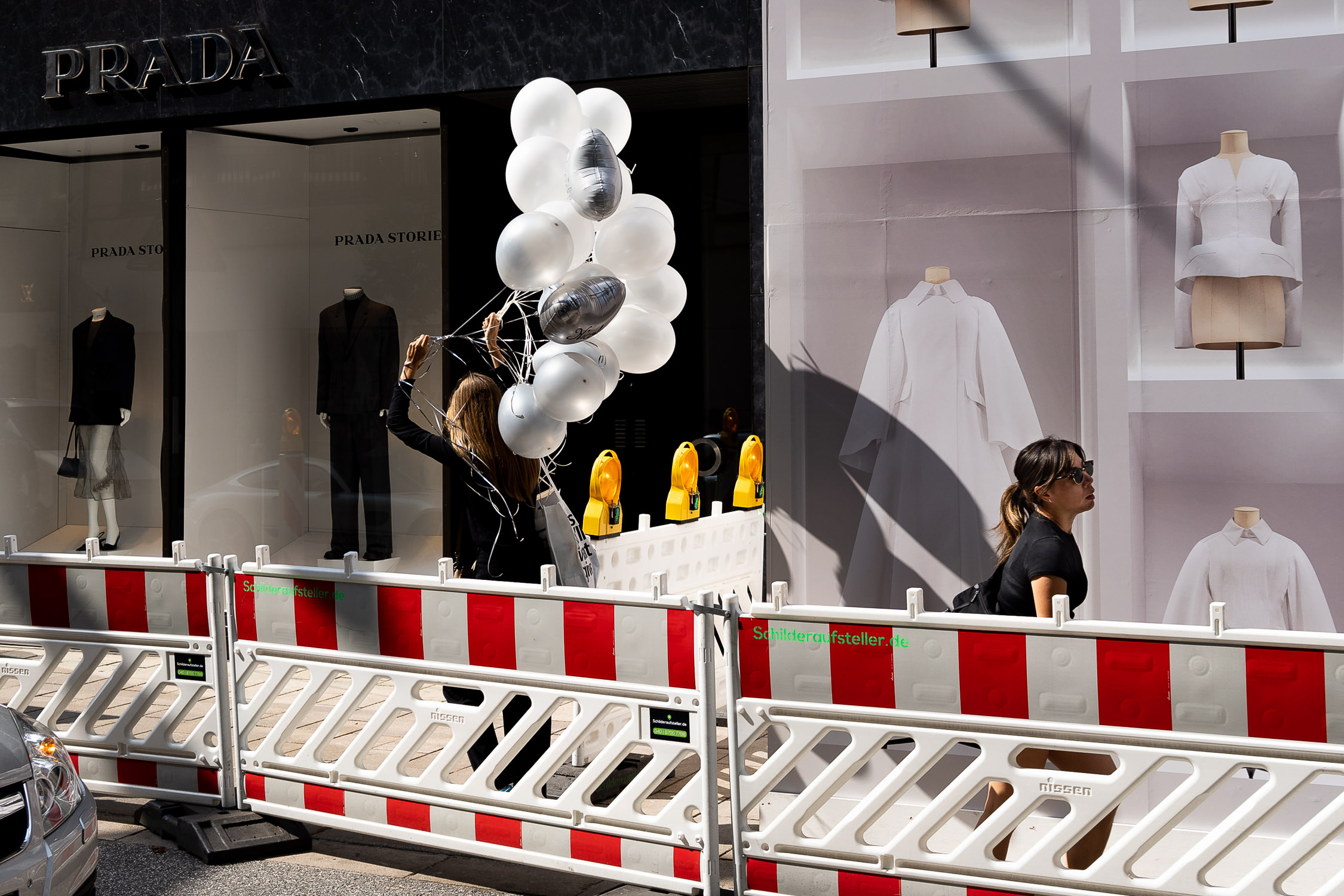
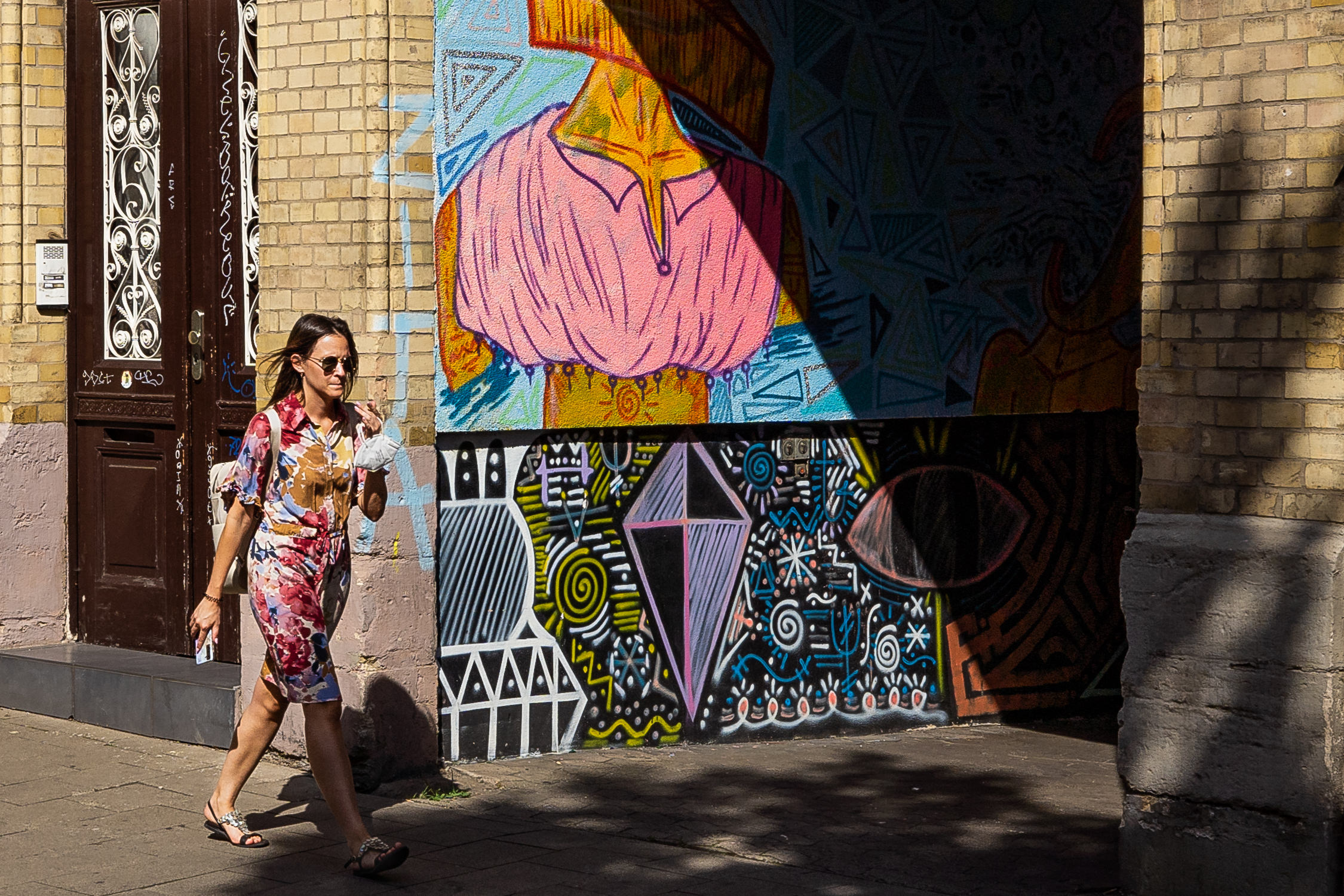
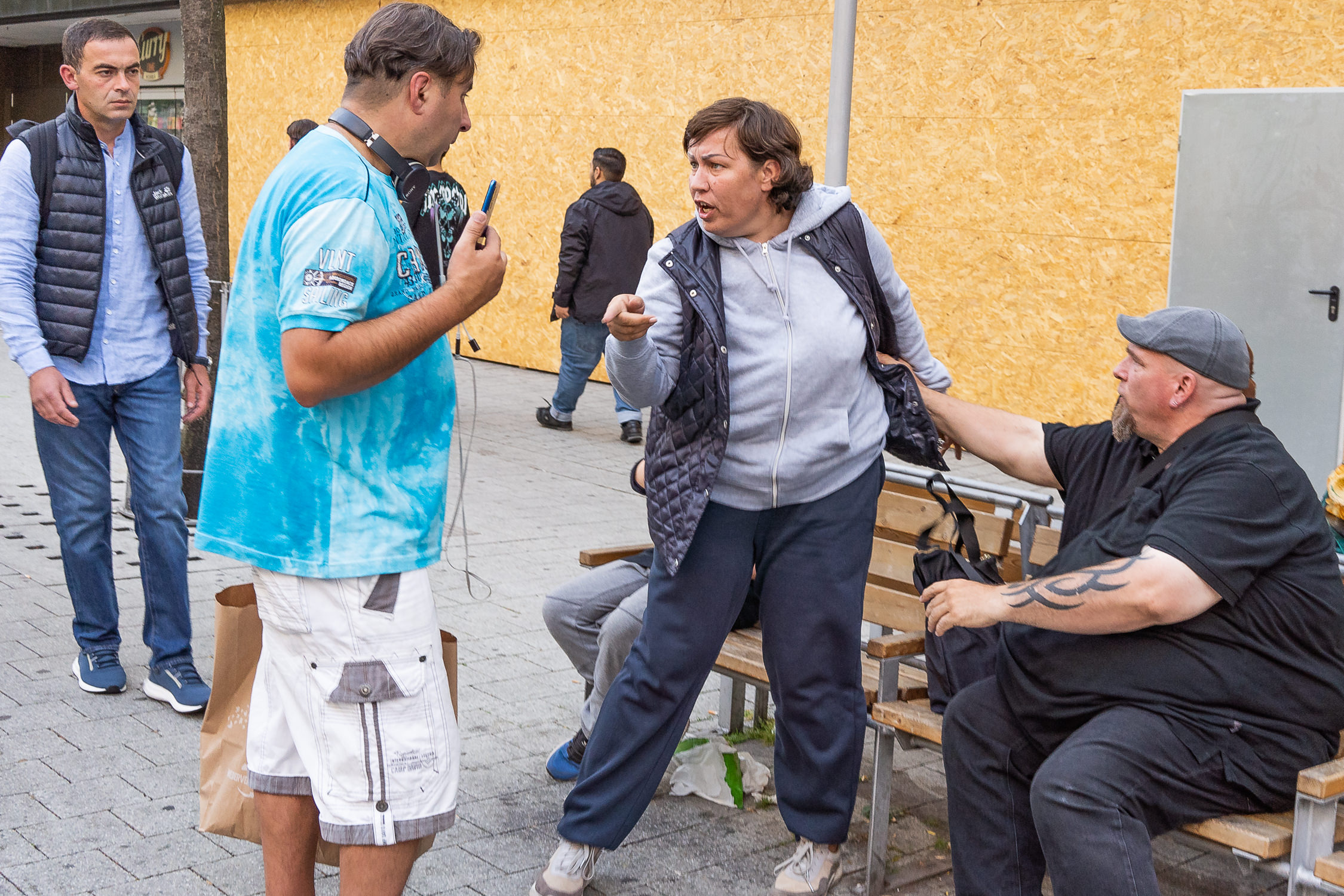
Which are your favorite photography books?
- Personal Exposures – Elliott Erwitt
- Wild Flowers – Joel Meyerowitz
- Perfect Strangers – Melissa O’Shaughnessy
- Winogrand 1964 – Garry Winogrand
- All That Life Can Afford – Matt Stuart
- Stags, Hens & Bunnies – Dougie Wallace
- Cardiff After Dark – Maciej Dakowicz
Is there a country or a city that you like to photograph more than others?
I guess the best pictures you take in the city you are most familiar with, i. e. your home turf. Plus I like crowded places with lots of people, which also give you some shelter when moving around. My street photography dream otherwise spells N-Y-C. I will go there again soon, also hopefully meeting some great photographers I have made virtual friends with over Instagram. I also like Berlin a lot, which is only 90 minutes by train from where I live.
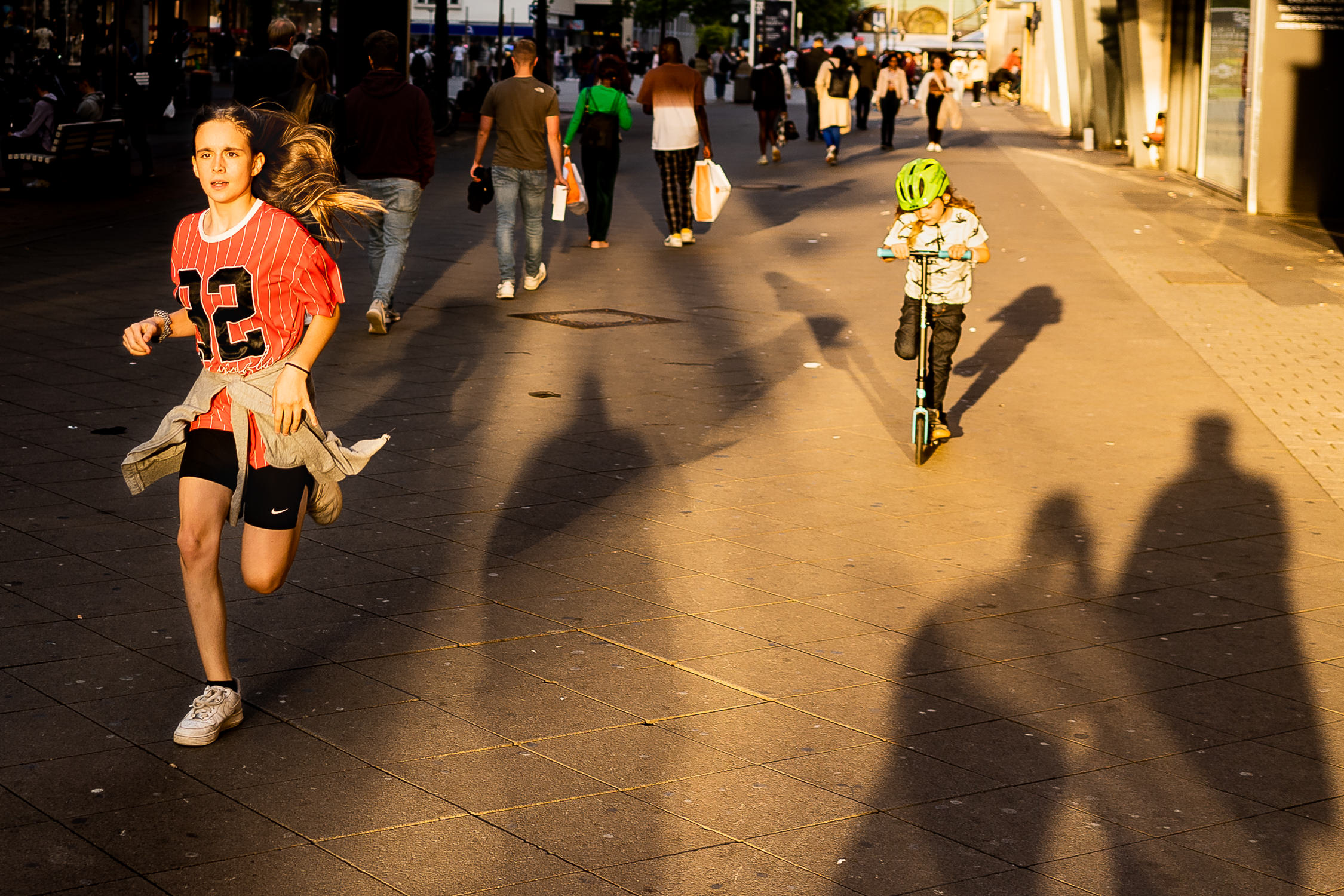
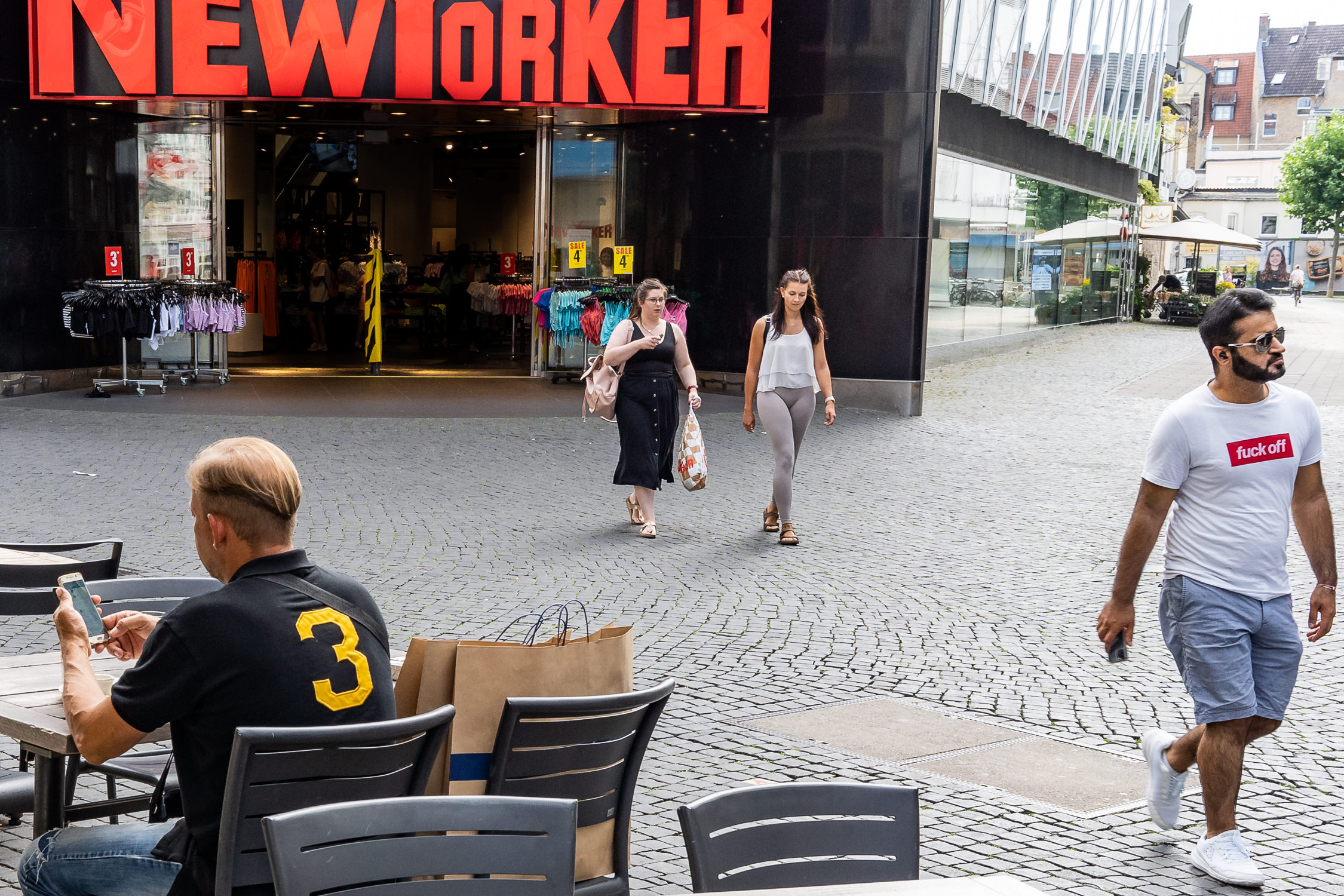
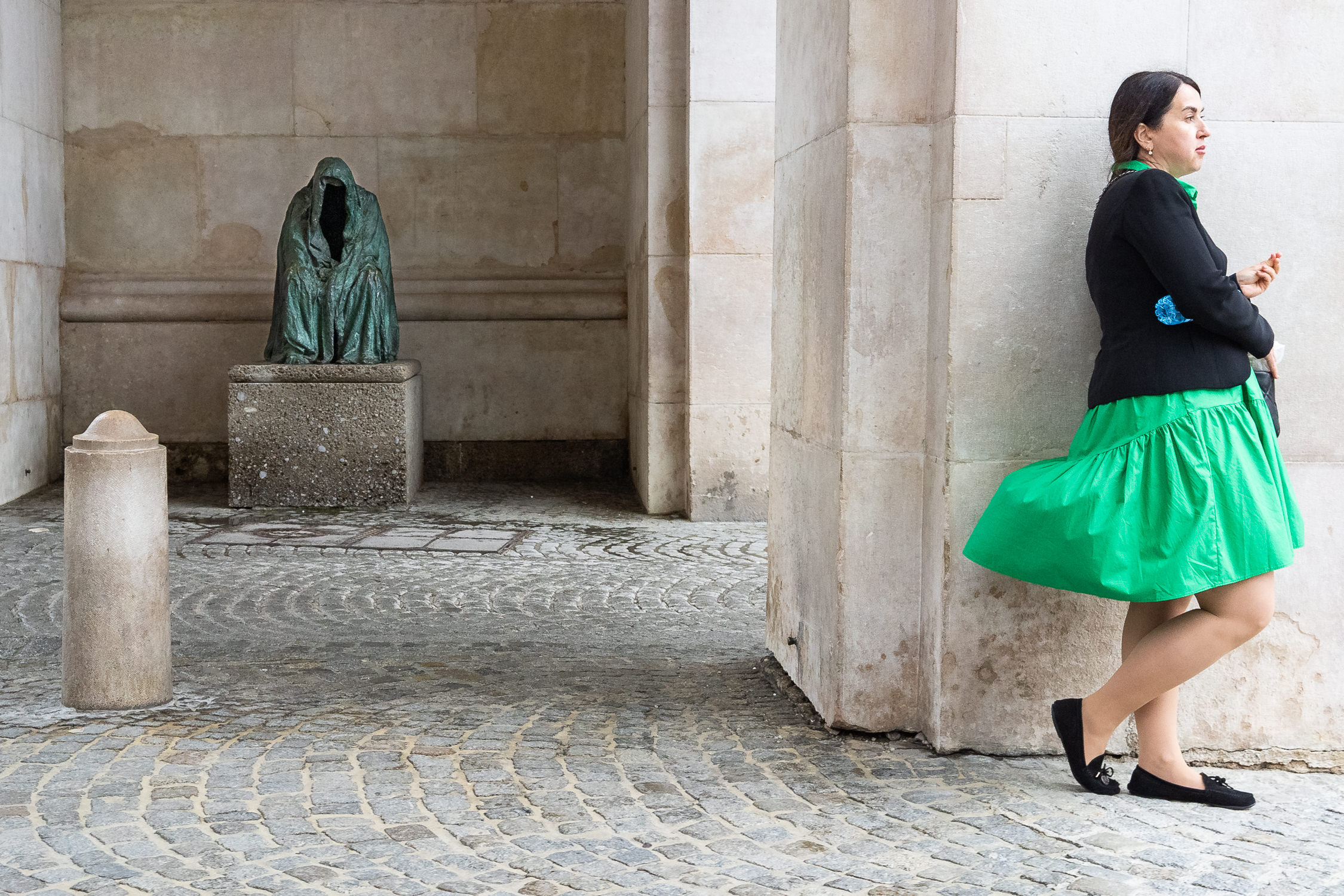
What advice would you give to someone who is starting to do street photography?
- Be kind, smile, and have a positive attitude
- Always have a camera with you
- Know how to handle it blindly
- Pre-set your camera manually when you go out, with shutter and aperture depending on the light of day. 1/250-500 and f8-16 are great combos for me. I personally use Auto ISO.
- Go close
- Take loads of pictures
- Delete loads of pictures
- Try to have your body of work reviewed by photographers you like (I met Matt Stuart in Luxembourg last May and his review was a revelation! Plus, Matt is such a nice chap.
- Discover loads of photobooks (you might go to a library) and look at loads of pictures to find out the ones that appeal to you the most. Copy them first and then try to find your own visual signature style. Easier said than done.
- Don’t believe in Instagram.
- Use Instagram to build personal, honest relationships with nice people all over the world (yes it works!)
- Don’t take pictures that you don’t “feel” but that are repetitive clichés only. I still fail sometimes too
- Try to take pictures that are surprising
- Print your work
- Meet nice people and have a good time with them
- Don’t take the whole thing too seriously
Thank you Thomas!
THOMAS HACKENBERG BIOGRAPHY
Thomas Hackenberg was born in 1963. He lives in the German city of Braunschweig.
His work has been widely published and received finalist awards and prizes at international street photo festivals.
“For me, a good street photo must be made candidly, captivate me at first glance and make me want to take that second look–like wanting to read a poem twice. It must raise more questions than provide answers. I like pictures that tell a story in one image.”
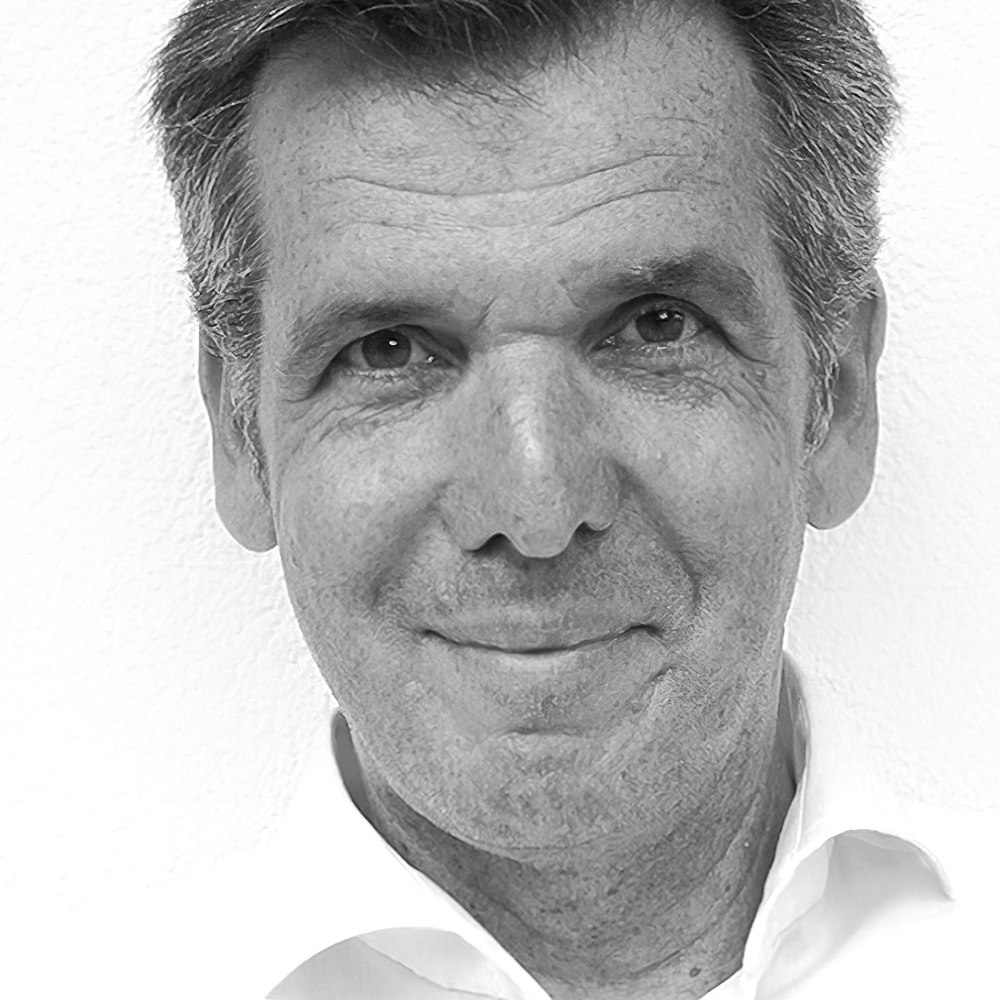
Thomas Hackenberg Links:
Website: https://hackenberg.info/
Instagram: https://www.instagram.com/thomas_hackenberg_photo/

